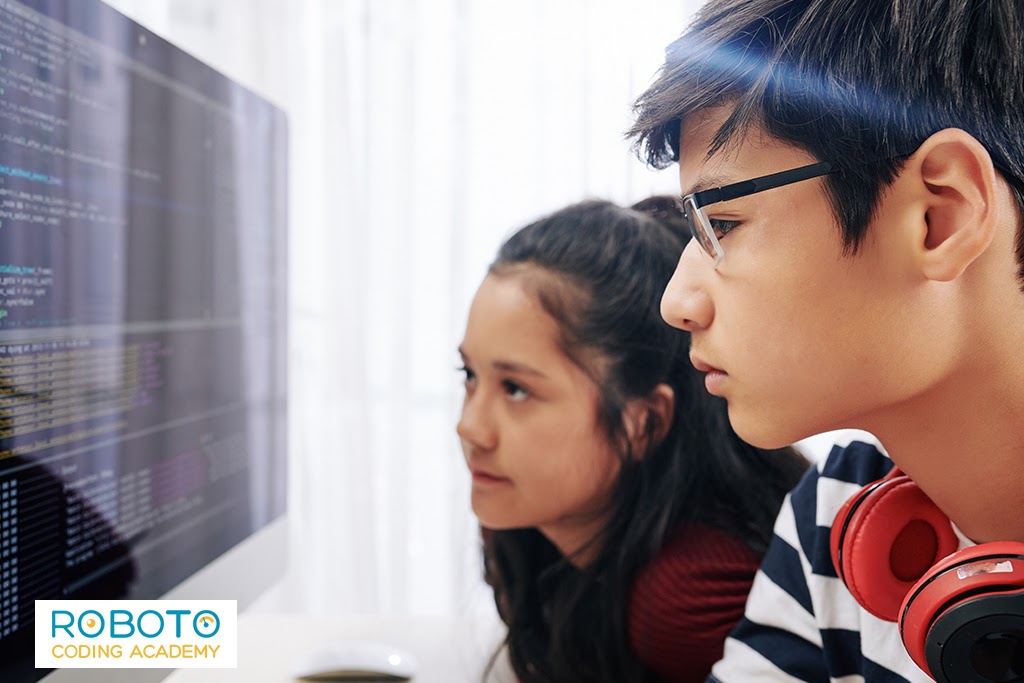4 Myths about Coding and Programming Debunked

As a rapidly expanding field, programming and coding has powered and will continue to power the technology that drives much of our lives now. That’s why even children are being encouraged to learn coding as it has been identified as a crucial skill to thrive in our digital age. However, there are many misconceptions about coding that may hinder parents from enrolling their children for coding classes. As such, this blog post will aim to debunk some popular coding myths and show that it is a field that is open to everyone.
4 Coding Myths Debunked
1. You have to be excellent at math to learn coding
While programming and mathematics overlap in certain areas, it is a myth that a student has to be very good at math in order to learn coding. As long as they grasp fundamentals of mathematics, they should be able to easily pick up a programming language. Scratch programming, a block-based coding language that was developed to teach children as young as six years old the basics of coding, is an example of one such language that does not require being a math whiz.
Nevertheless, there are some programming languages that require more mathematical knowledge than others but that can be acquired as time goes on. For the most part, as long as they have a strong foundation in basic math and programming methods, most students can achieve proficiency in the programming language.3
2. Coding is difficult for children
If you have ever seen lines of code, it seems to be just rows of sentences filled with random words, symbols, and numbers. Being almost unintelligible to the untrained eye, coding might give the impression that it is complicated However, the same can be said when learning anything new. It is also unlikely that beginners will learn deep programming languages and be given complex coding functions from the start. Furthermore, many coding schools often teach coding through gamification as most children learn through play. This approach ensures that students learn to code in a simple and enjoyable manner. While it is inevitable that the concepts will get harder as the student advances, as long as they have a determined mindset, they should be able to overcome challenges successfully.

3. You only need to learn one programming language
The fact that there are over 700 programming languages is proof that this myth is false. The reason for this is that programming is a rapidly evolving field, and so, new languages are always being developed to replace old ones. Moreover, different programming languages are suitable for executing different computer programmes. When building a website, for example, HTML is the preferred language, while Java is widely used to create mobile applications for Android phones. Therefore, it is highly recommended for students to learn more than one programming language so that they can write code to accomplish a variety of tasks.
4. Coding is not creative
As programming is part of STEM (Science, Technology, Engineering, Mathematics) which follows a logical set of rules, many people often assume that it does not allow the student to exercise their creativity. That isn't the case, particularly because video games, website creation, and virtual reality all require coding! Moreover, experimentation is a key part of learning to code, and students are always encouraged to explore new possibilities that they can achieve through programming.

Moving Forward
As programming is an in-demand skill, it is imperative that children learn it as soon as they can. If there is one thing to take away from this article, it is that one should not feel like that they cannot learn coding due to certain preconceived biases. As long as they are willing to learn and take challenges into stride, students can attain programming skills effectively.
Roboto Coding Academy is a leading coding school in Singapore that has a wide range of classes to cultivate your child's passion in coding! Sign up for our free trial today.